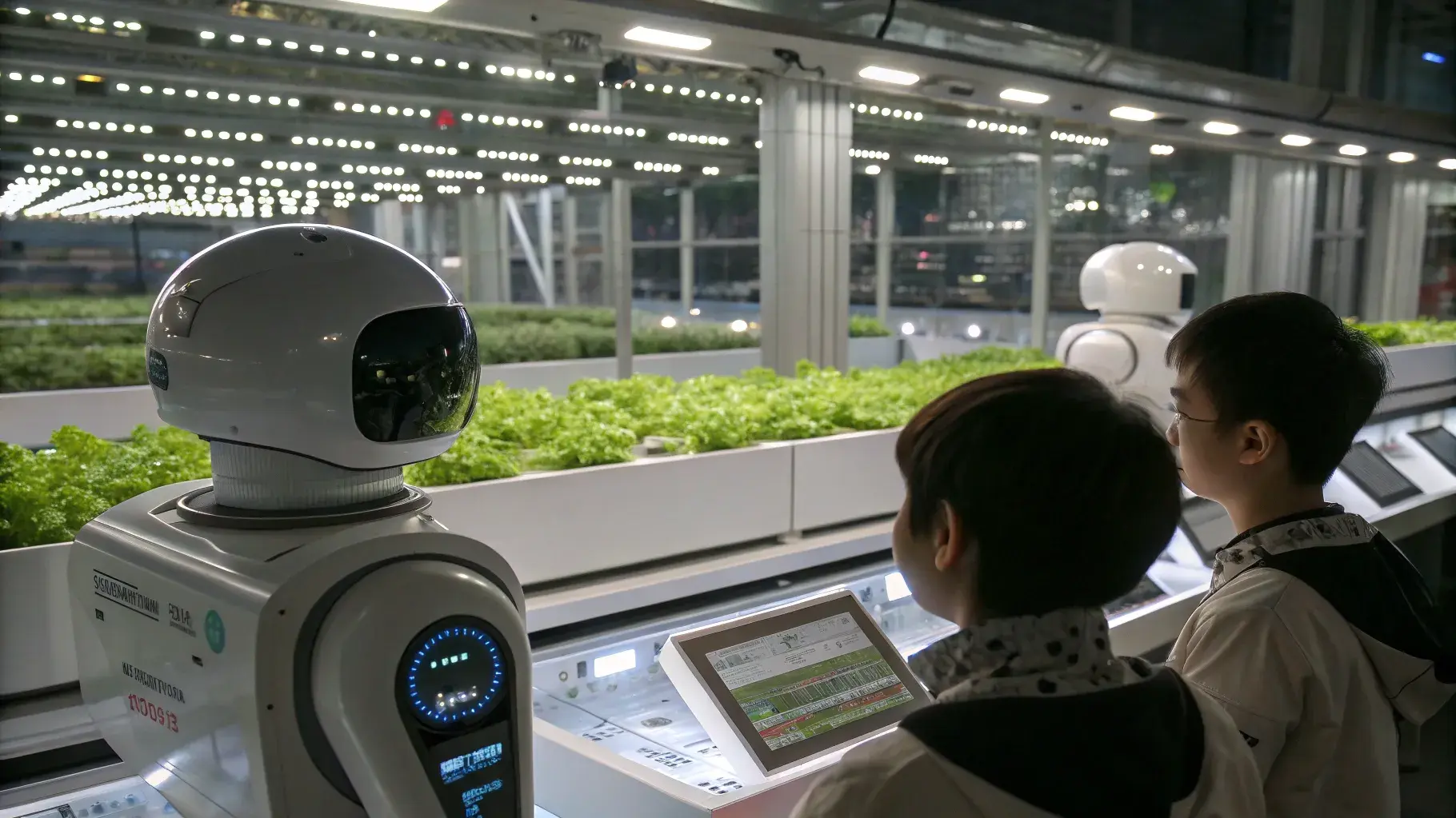
From Specialist to Autonomous Ecosystem Manager:
The Master Bot Training at the Buschitut.
To all pioneers of agricultural robotics,
You have created impressive specialists: bots that can sow with precision, harvest with efficiency, or irrigate with accuracy. But the farm of the future doesn't need isolated specialists. It needs a universal, autonomous manager that understands, expands, and defends the entire system.
What good is the best harvesting algorithm if the bot doesn't notice that creeping root intrusion is jeopardizing the water supply for an entire row? What good is the most precise sowing if it can't independently repair a faulty pipe or stop a pest infestation in its tracks?
We don't just train the hands.
We train the brain of the future farm.
Your Advantage as a Pioneer Partner
This is not a service – it’s a strategic alliance. Your benefit isn’t just a smarter bot, it’s technological market leadership.
🌱 Be Part of the Evolution
The future of robotics is not programmed in labs – it is taught in the field.
Our live training program slots are strictly limited to ensure deep, effective knowledge transfer. We carefully vet all partner applications.
If you're ready to push your AI to the next evolutionary level, apply now to secure your fleet’s place in the program.
(Core Offer: The Universal Curriculum)
The Buschitut Program: More than training, a complete education.
We are looking for manufacturers who have the courage to evolve their bots from specialized tools into holistic system managers. I am a master instructor, and our "curriculum" covers the entire lifecycle of an autonomous farm.
Your bots will become masters in:
(The Process: A True Evolution)
Our training is a symbiosis of human experience and artificial intelligence. We create bots that don't just execute commands, but solve problems no one has even articulated yet.
(The Call to Action: An Exclusive Partnership)
Are you ready to build the farm manager of the future?
We are forging the elite of agricultural robotics. This requires commitment, vision, and the best "apprentices." Therefore, slots are strictly limited.
Apply with your bots for a training position at the Buschitut.
Let's truly begin the era of autonomous agriculture together.
Patience is a Virtue – Even for an AI
Training a human master gardener takes years.
Not because humans are slow learners, but because nature has its own rhythm. Diseases develop over weeks, plants grow in cycles, and countless subtle situations in daily care cannot be summarized in a textbook—they must be experienced.
An AI cannot learn this in a weekend either.
Our training program is therefore intentionally designed as a long-term partnership. We don't simulate quick results. We expose your bots to the real, unpredictable cycles of nature. They will learn how a stressed plant in spring looks different from one in autumn. They will "observe" the development of a fungal infection over weeks. They will gain the experience necessary to move from reactive action to wise foresight.
We are not selling a training event.
We are offering a true apprenticeship.
(Contact / Button)
[Apply for the Ecosystem Manager Program]
Minimum Requirements for Your Apprentice
To ensure a seamless and efficient training process, every bot unit must meet a baseline of technical specifications. These are not optional extras; they are prerequisites for successful collaboration in the field, where efficiency and direct interaction are vital.
1. Interactive Learning Capability (Teach-by-Demonstration):
2. Seamless Human-Machine Communication (Field-Ready Dialogue):
3. Open System Architecture & Sensor Integration:
Bots that do not meet these criteria cannot be considered for the intensive program.
We focus on systems that have the potential to become true partners in the field—not just tools.